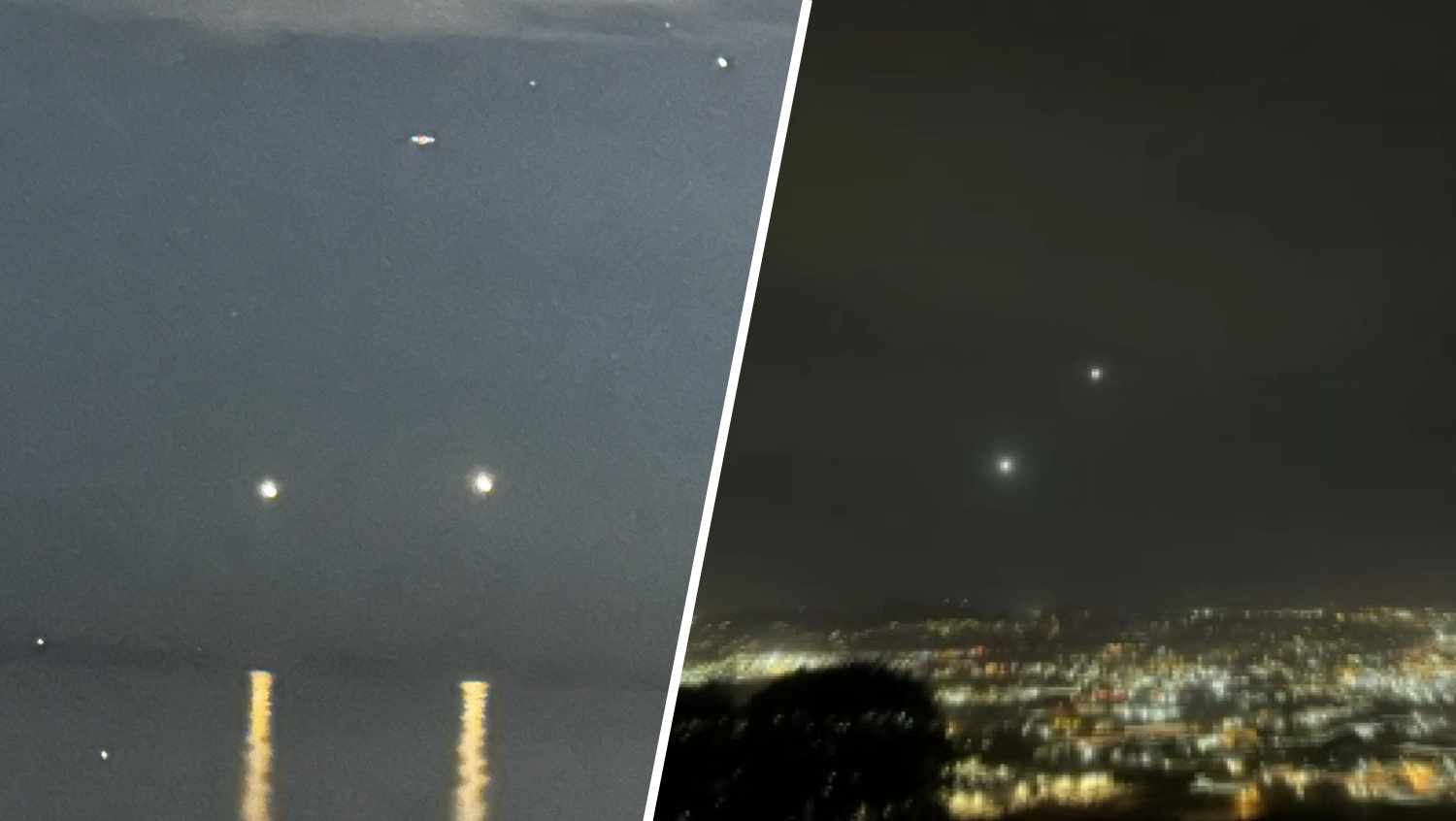Speakers and radios suddenly blared "Earthquake" at Fire Station 51, the overhead doors opened automatically, and firefighters pulled out.
If you know Station 51 is located on the lot at Universal Studios, you might guess this is a scene for a movie or a TV show -- but you would be wrong.
It was actually a real-world test demonstration of one of the new applications being developed for California's ShakeAlert earthquake early warning system still under development.
The demo went as planned according to Josh Bashioum, founder of Early Warning Labs, the Santa Monica-based tech company that developed the apps being tested, under an agreement with NBCUniversal.
NBCUniversal is the parent company of NBC4 Southern California.
As California moves closer to an operating early warning system, two levels of development are underway.
Foremost is the the complex network being built by government and academic researchers to detect quakes quickly, calculate magnitude and epicenter, and transmit the information before the shaking has traveled far.
Also necessary and receiving increasing attention is a second level of development being carried out in the private sector by a new wave of companies creating applications to trigger automated responses.
These include shutting down transit trains to reduce the chance of a derailment; stopping elevators so passengers can get out at the next floor; and opening fire station doors before the shaking jams them and traps engines and trucks inside, which happened at several stations during the 1994 Northridge quake.
Under the scenario for the long anticipated "big one" on the San Andreas Fault, the Los Angeles metro area could get as much as 60 seconds or more advance warning.
Local
Get Los Angeles's latest local news on crime, entertainment, weather, schools, COVID, cost of living and more. Here's your go-to source for today's LA news.
For quakes on closer faults, there would be less warning.
What makes early warning possible is the fact that quake energy travels through the earth's surface roughly at the speed of sound. That is somewhat faster than sound travels through the air, but nowhere near as quickly as ShakeAlert data can be transmitted electronically.
Some compare it to the lag time between seeing a lightning bolt and then hearing the thunder.
"Chances are, the trucks are out before the shaking has even started," Bashioum said.
The test demo also sent warning messages through selected loudspeakers and an in-house radio communication network.
All involved emphasized that this is only at the testing stage, but they look forward to the day when early warning becomes operational, and apps make use of it.
"We may have a few seconds of warning to either give people warning, shut down systems, or like we saw today, open apparatus doors," said Mike Ripley, NBCUniversal Director of Business Continuity and Crisis Management.
The US Geological Survey and Caltech are starting to review some of the apps being developed, but made clear they are not endorsing any in particular. Still under discussion is what kind of standards
should be established for companies that want to make use of the ShakeAlert signal.



